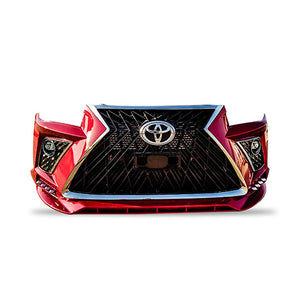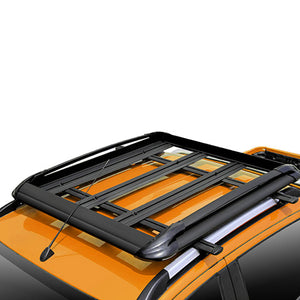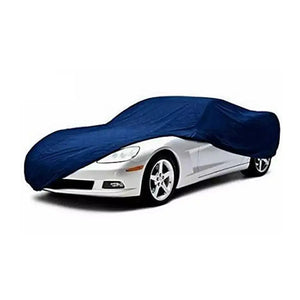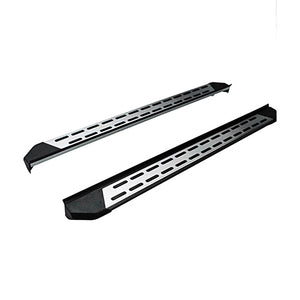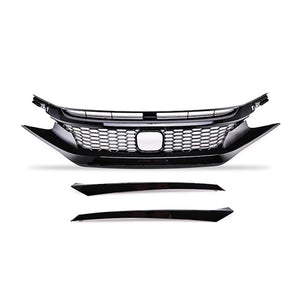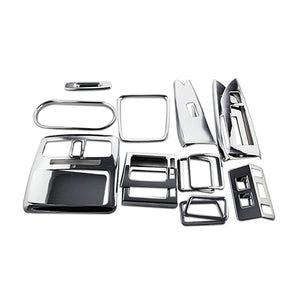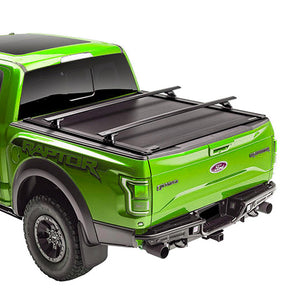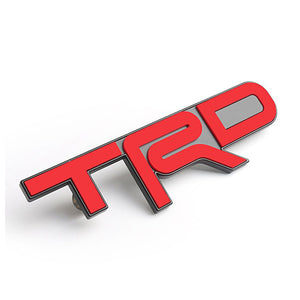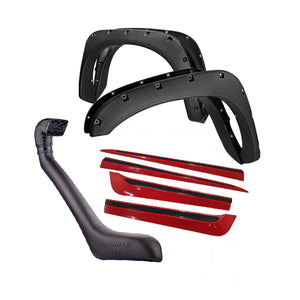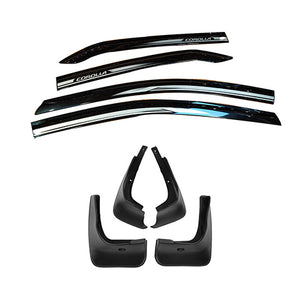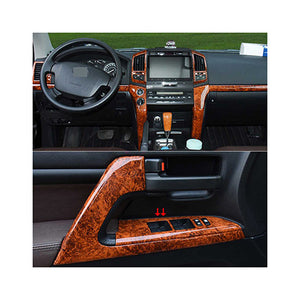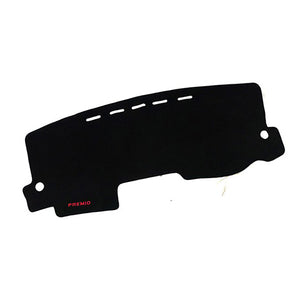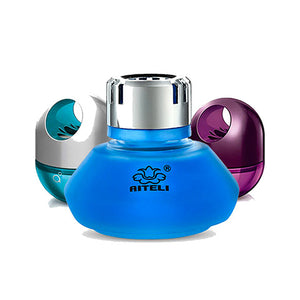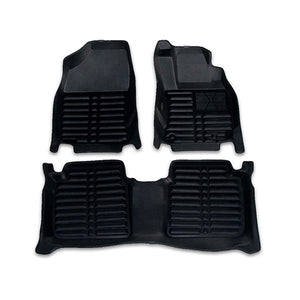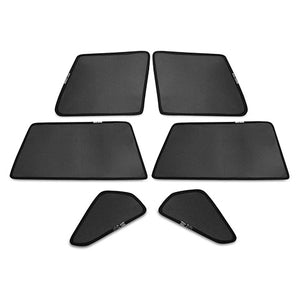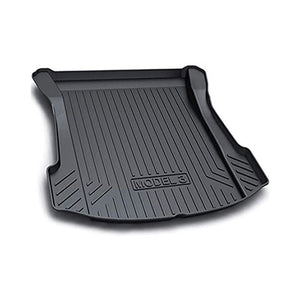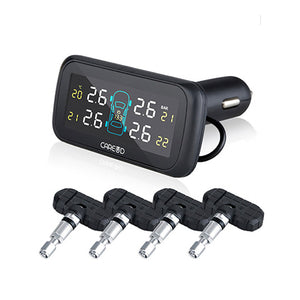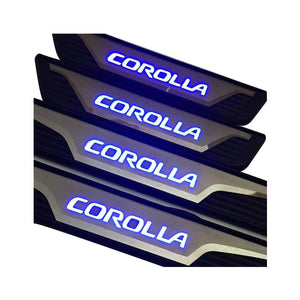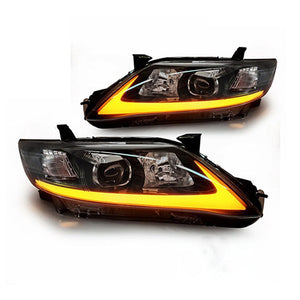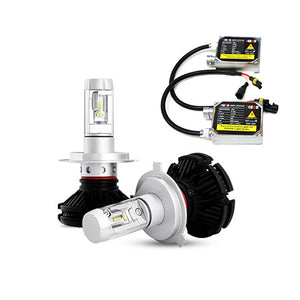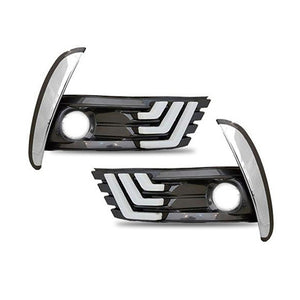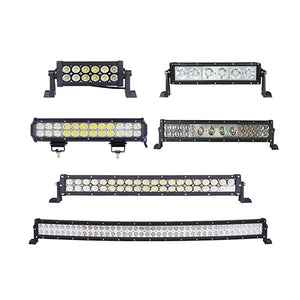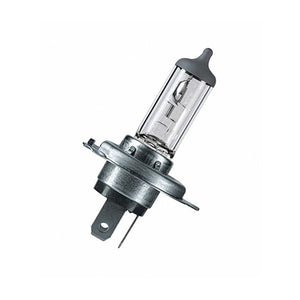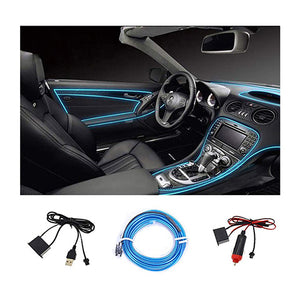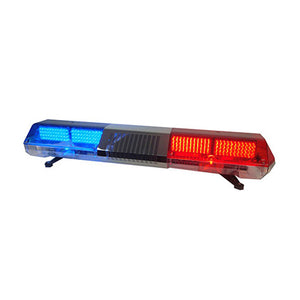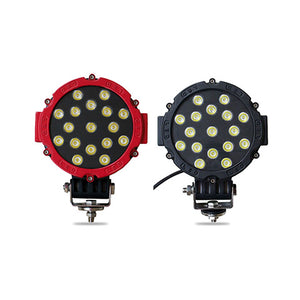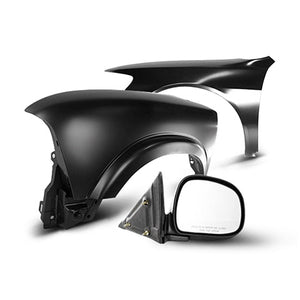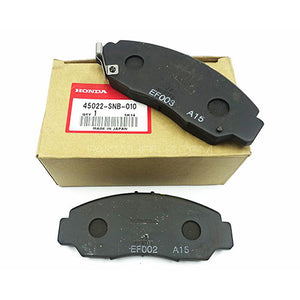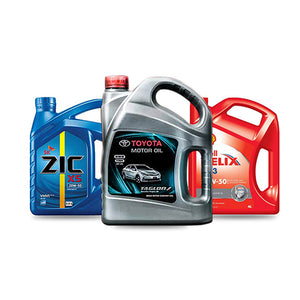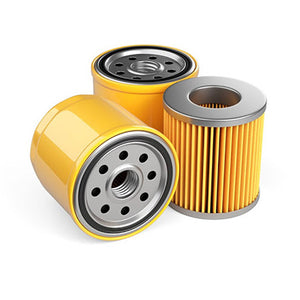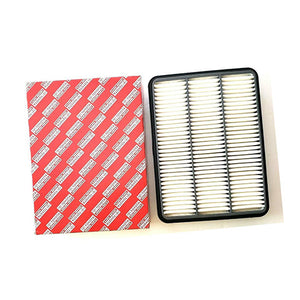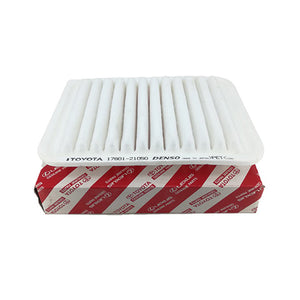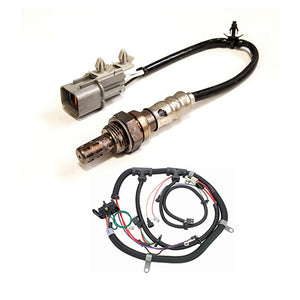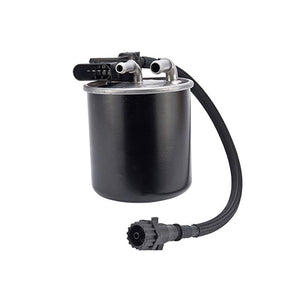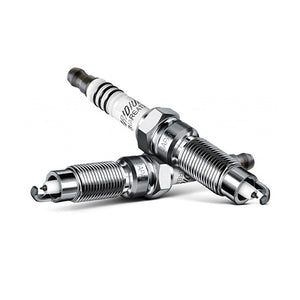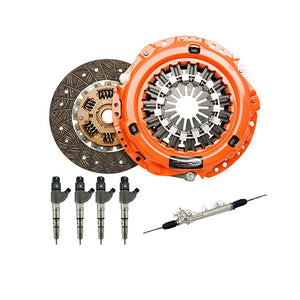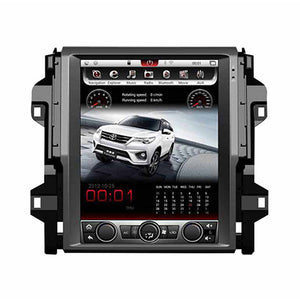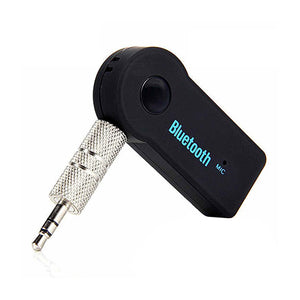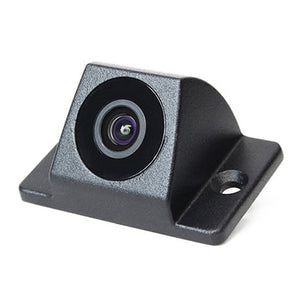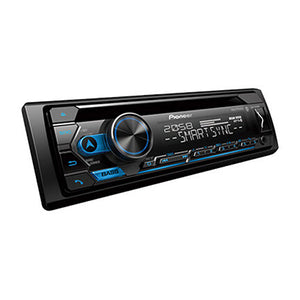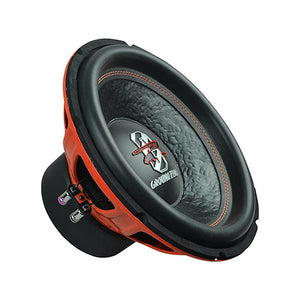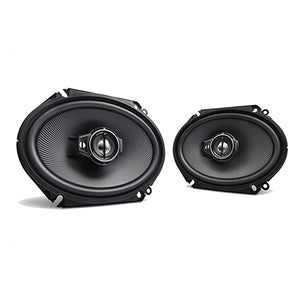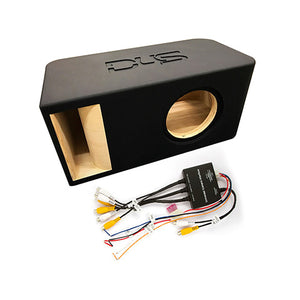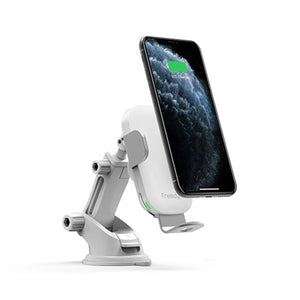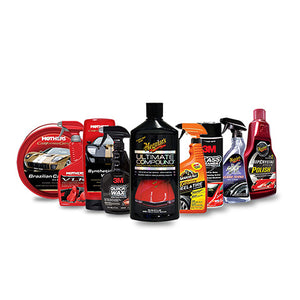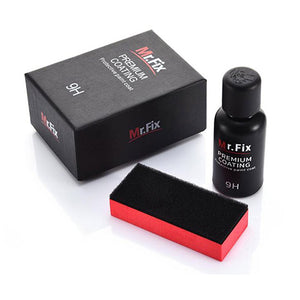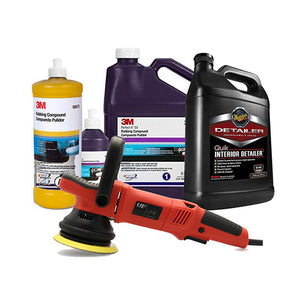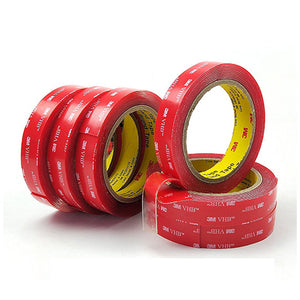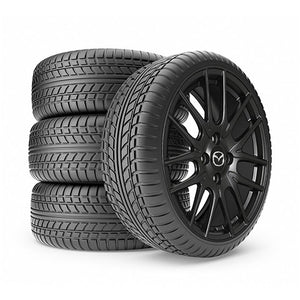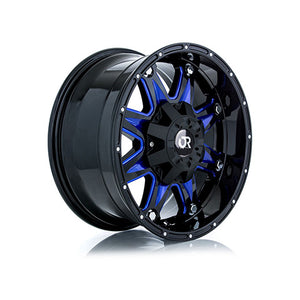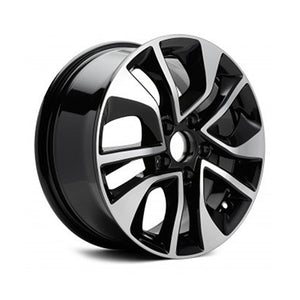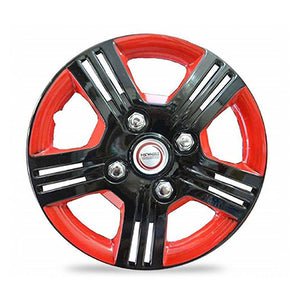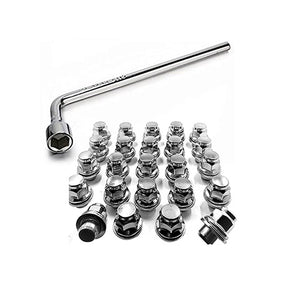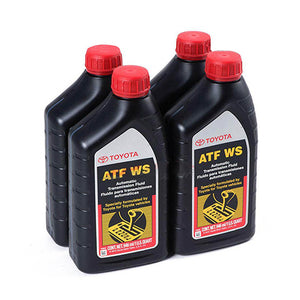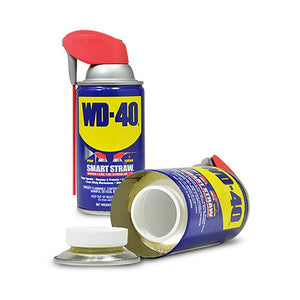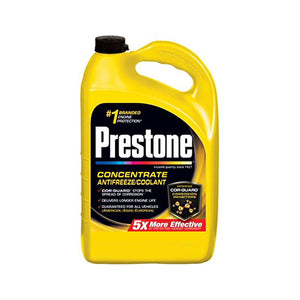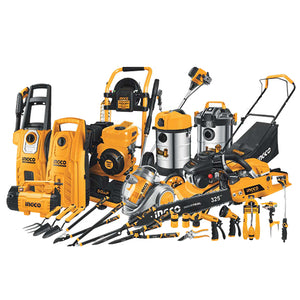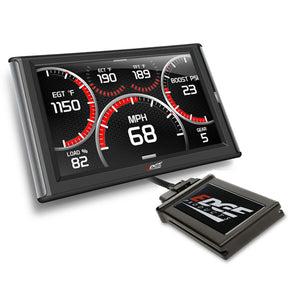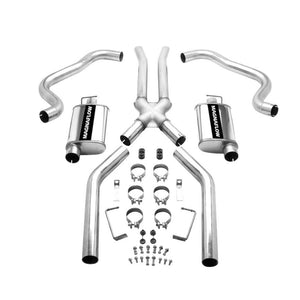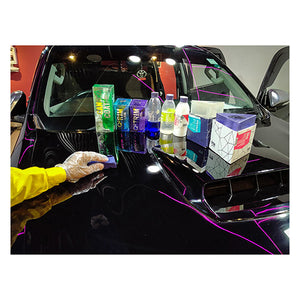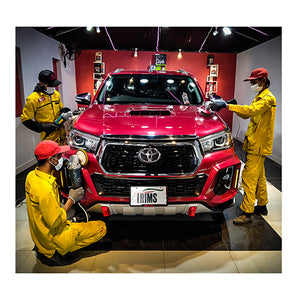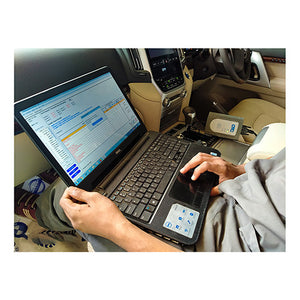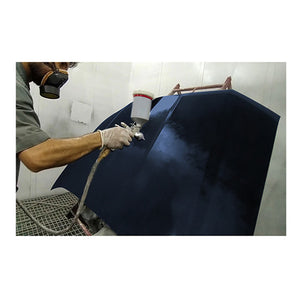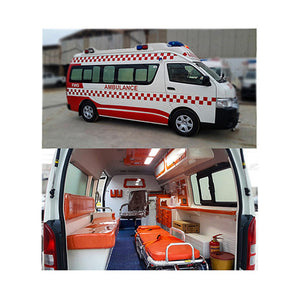If you are looking for a way to upgrade your car's lighting system, then you might want to consider HID lights. HID lights are becoming increasingly popular among car enthusiasts because of their brightness and energy efficiency. In this article, we will explore the world of HID lights, how they work, their advantages and disadvantages, and much more.
What are HID Lights?

HID stands for High-Intensity Discharge, which refers to the technology used in creating these lights. Unlike traditional halogen bulbs, HID lights don't have a filament. Instead, they use a gas-filled bulb and an electronic ballast to create an electric arc that produces light.
How do HID Lights Work?
To understand how HID lights work, you first need to know what an arc is. An arc is an electrical discharge between two electrodes, which can be seen in lightning, welding, and fluorescent lighting. In HID lights, the arc is created between two tungsten electrodes inside the bulb.
The bulb is filled with a mixture of noble gases, including Xenon, which is where HID lights get their nickname "Xenon lights". When you turn on the lights, the ballast sends a high voltage pulse to the electrodes, which creates an electrical arc. The arc heats up the gas mixture, causing it to produce a bright, white light.
Types of HID Lights
There are two types of HID lights: single beam and bi-xenon. Single beam HID lights have one bulb for low beams and another for high beams. Bi-xenon HID lights, on the other hand, use a single bulb for both low and high beams.
Another factor to consider when choosing HID lights is the color temperature. HID lights come in different color temperature options, ranging from 3000K to 12000K. The lower the number, the more yellow the light will be. The higher the number, the bluer the light will be.
Advantages of HID Lights
One of the main advantages of HID lights is their brightness. HID lights produce up to three times more light than halogen bulbs, making them ideal for night driving. They also have a longer lifespan than halogen bulbs, meaning you'll need to replace them less often.
Another advantage of HID lights is their energy efficiency. HID lights require less power to operate than halogen bulbs, which means they put less strain on your car's battery and charging system.
Disadvantages of HID Lights
Despite the many benefits of HID lights, they do have a few drawbacks to consider. Firstly, HID lights tend to be more expensive than halogen bulbs. While HID lights can save you money in the long run, their initial cost may not be affordable for everyone.
Compatibility can also be an issue with HID lights. Some cars may not be compatible with HID lights and require additional modifications to fit them properly. Additionally, HID lights can produce a significant amount of glare, which can be distracting to other drivers on the road.
HID Lights Installation
If you are thinking about installing HID lights in your car, you may be wondering if you can do it yourself. While it is possible to install HID lights yourself, it is highly recommended that you have a professional install them for you. This will ensure that the installation is done correctly and safely.
To install HID lights, you will need a few basic tools, including pliers, a screwdriver, and wire cutters. The process can take anywhere from 1-2 hours, depending on your car and the type of HID lights you are installing.
HID Lights Maintenance
To keep your HID lights in good condition, you should clean them regularly. Use a soft, damp cloth to wipe down the bulbs and remove any dirt or grime. Avoid using harsh chemicals or abrasive materials, as this can damage the bulbs.
As for replacement, HID lights can last up to 10 times longer than halogen bulbs. However, it's still important to check them periodically and replace them if necessary. It's recommended that you replace both bulbs at the same time to ensure that they have the same level of brightness.
HID Lights and the Law
While HID lights are legal in most countries, there are restrictions on their use. In the US, for example, HID lights must be certified by the Department of Transportation (DOT) to be considered legal. They must also have a self-leveling feature to prevent blinding other drivers on the road.
Additionally, some states have specific laws regarding the color temperature of HID lights. It's important to check your local laws before installing HID lights to avoid any legal issues.
Conclusion
In conclusion, HID lights are a great way to improve your car's lighting system. They are bright, energy-efficient, and have a long lifespan. However, they can be expensive and produce glare, so it's important to consider these factors before making a purchase.
If you do decide to install HID lights in your car, make sure to have a professional install them for you. And remember to clean and check them regularly to ensure that they are functioning properly.
FAQs
- Are HID lights better than halogen bulbs?
Yes, HID lights are generally considered to be better than halogen bulbs. They produce up to three times more light, are more energy-efficient, and have a longer lifespan than halogen bulbs.
- Can I install HID lights myself?
While it is possible to install HID lights yourself, it is recommended that you have a professional install them for you. This will ensure that the installation is done correctly and safely.
- How do I clean HID lights?
To clean HID lights, use a soft, damp cloth to wipe down the bulbs and remove any dirt or grime. Avoid using harsh chemicals or abrasive materials, as this can damage the bulbs.
- Are HID lights legal?
HID lights are legal in most countries, but there are restrictions on their use. In the US, for example, HID lights must be certified by the Department of Transportation (DOT) to be considered legal. They must also have a self-leveling feature to prevent blinding other drivers on the road.
- What is the lifespan of HID lights?
HID lights can last up to 10 times longer than halogen bulbs, depending on usage and maintenance. It's important to check them periodically and replace them if necessary to ensure that they are functioning properly.
In summary, HID lights are a great option for those looking to upgrade their car's lighting system. They offer many benefits over traditional halogen bulbs, including brightness, energy efficiency, and longevity. However, they can be more expensive and produce glare, so it's important to consider these factors before making a purchase. And always make sure to follow the law and have a professional install the lights for you.





